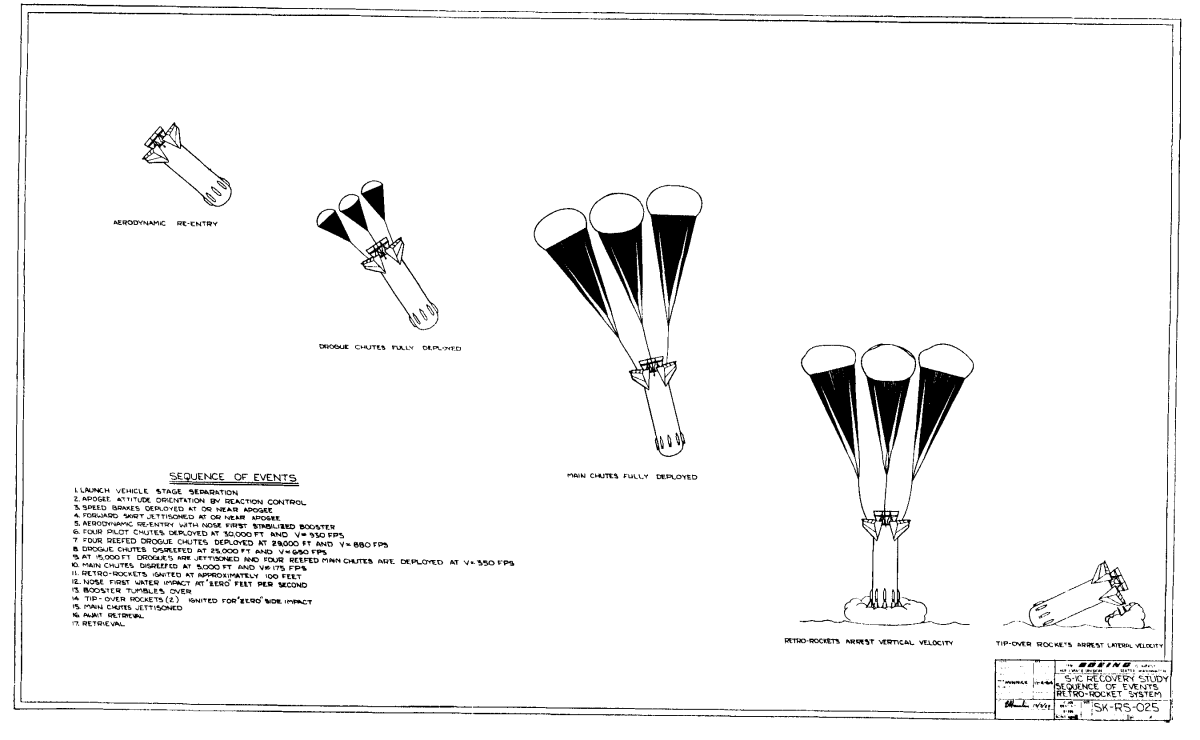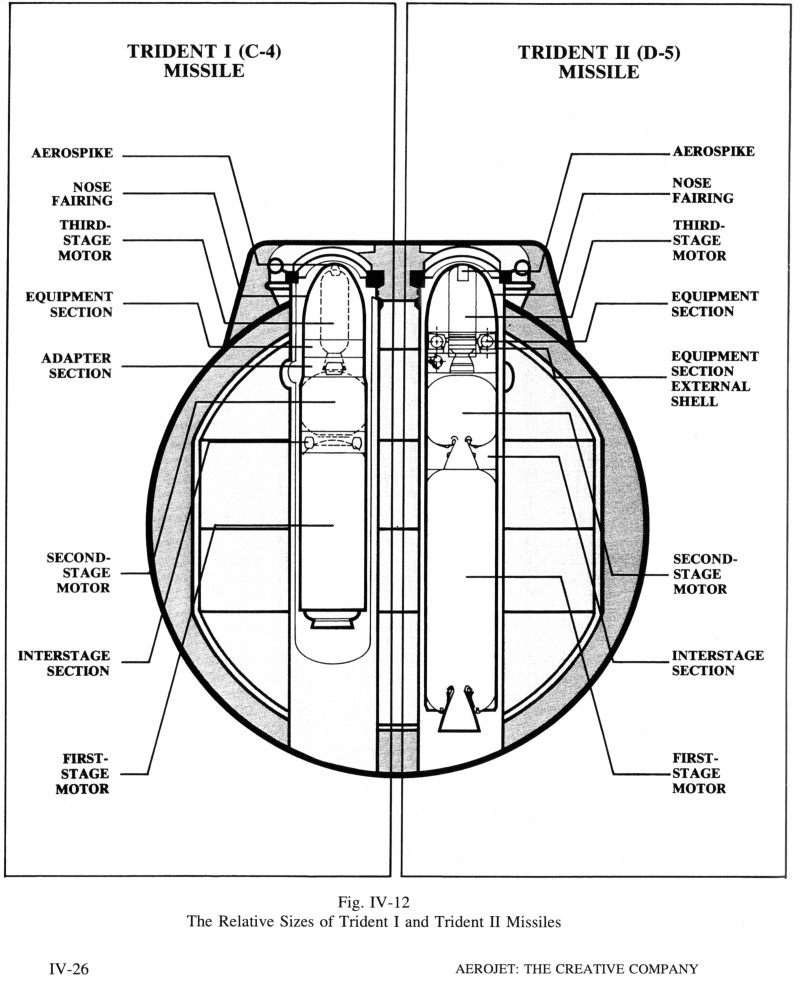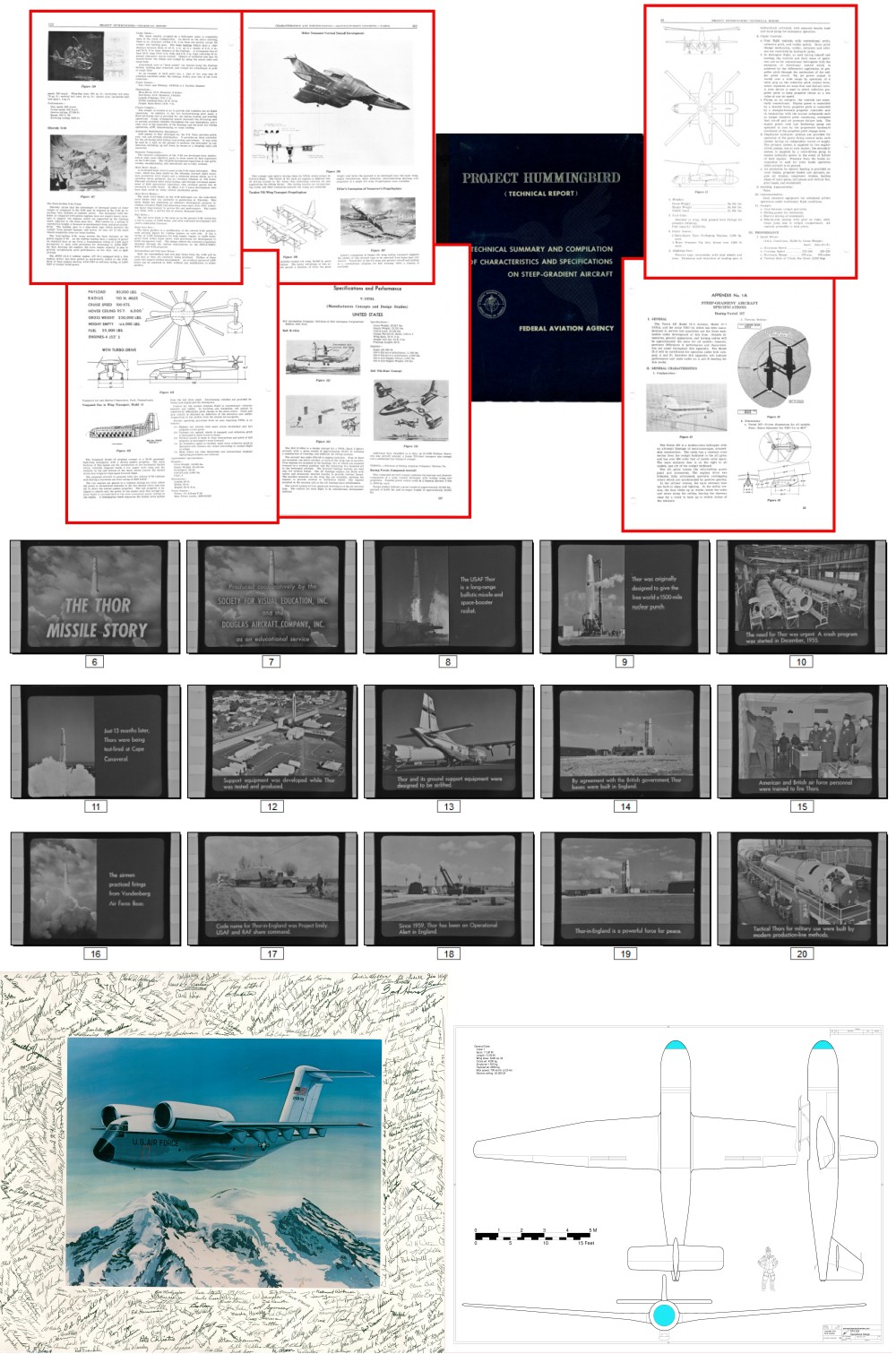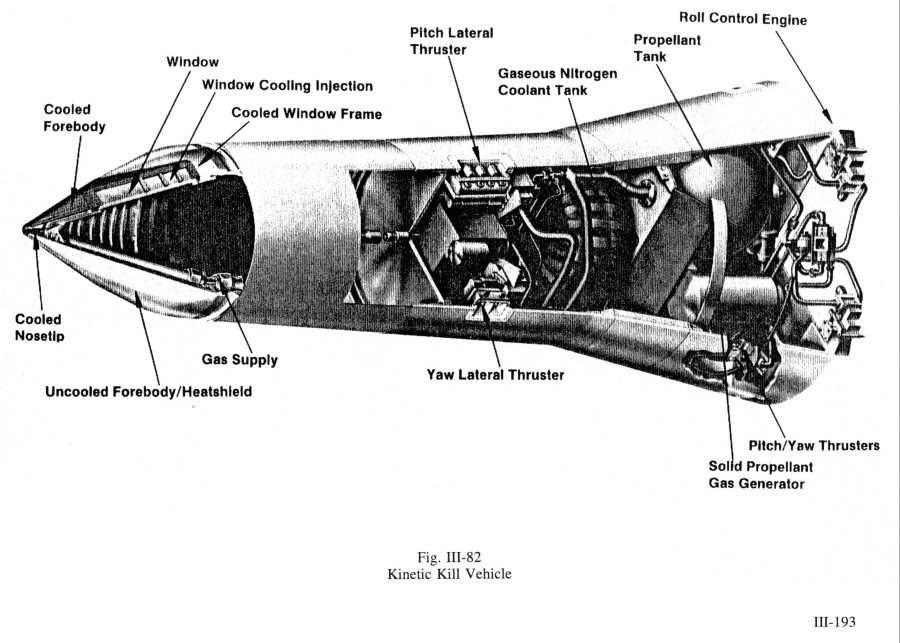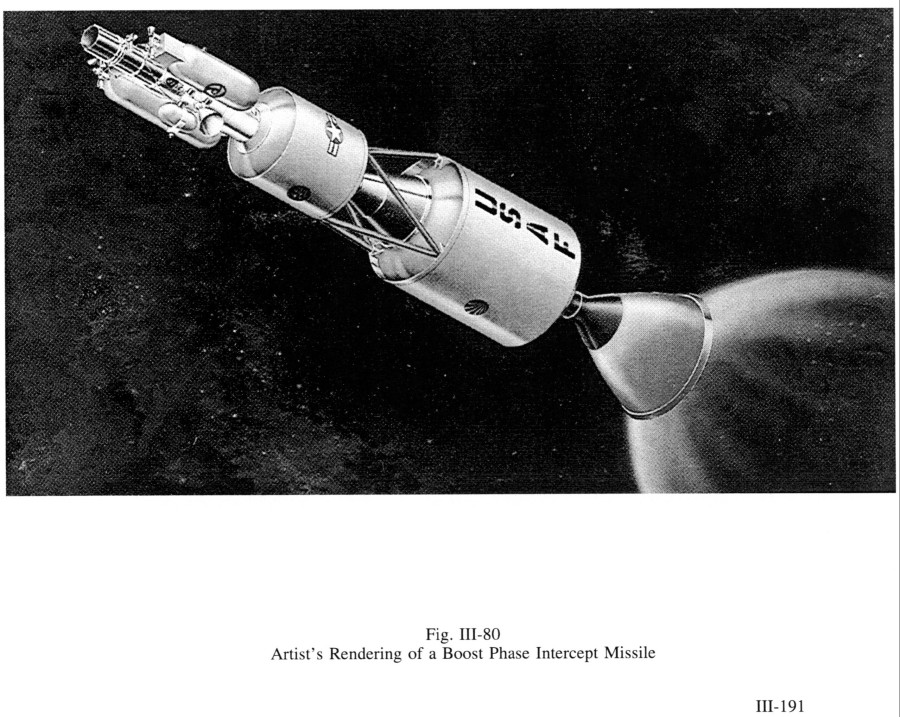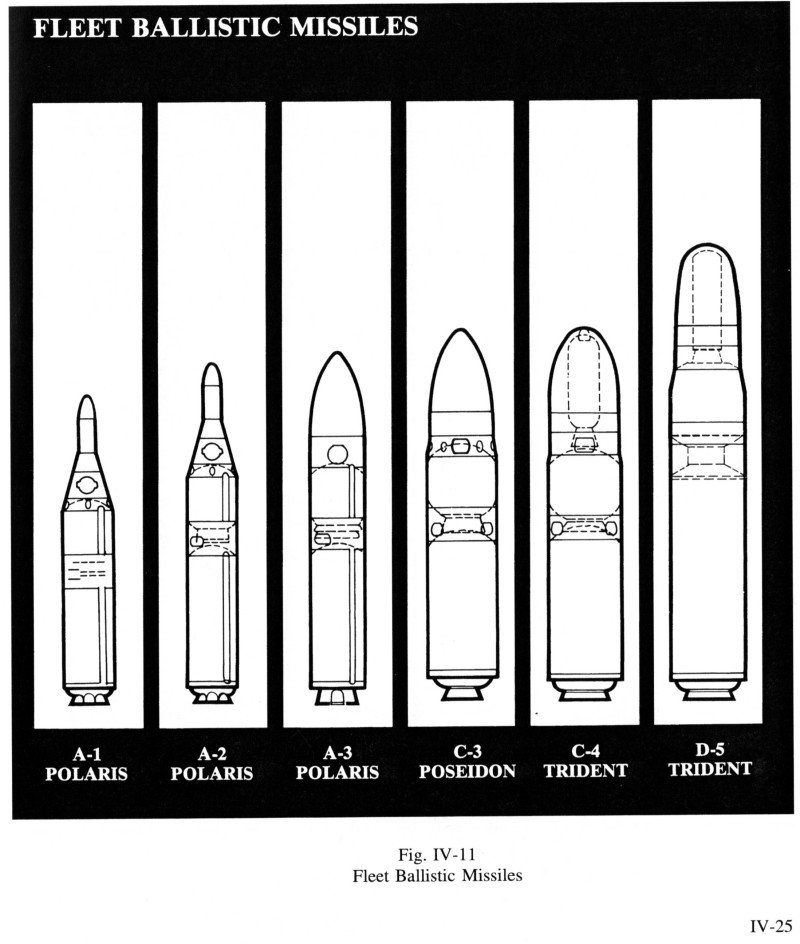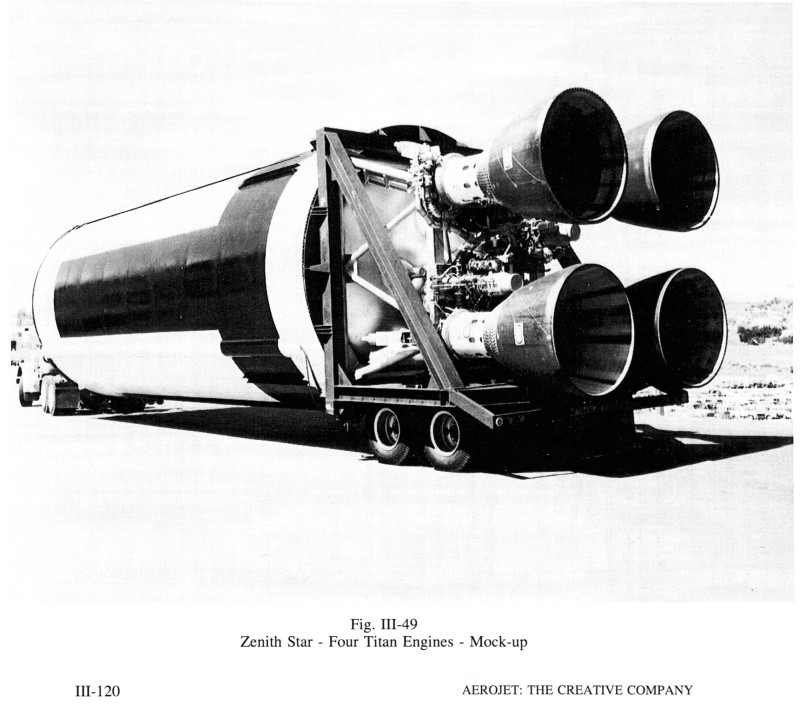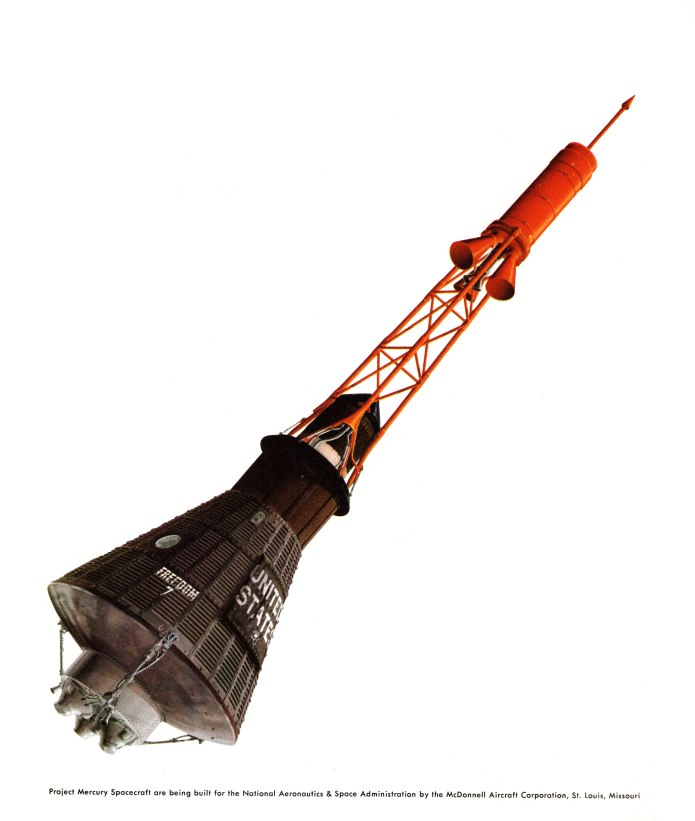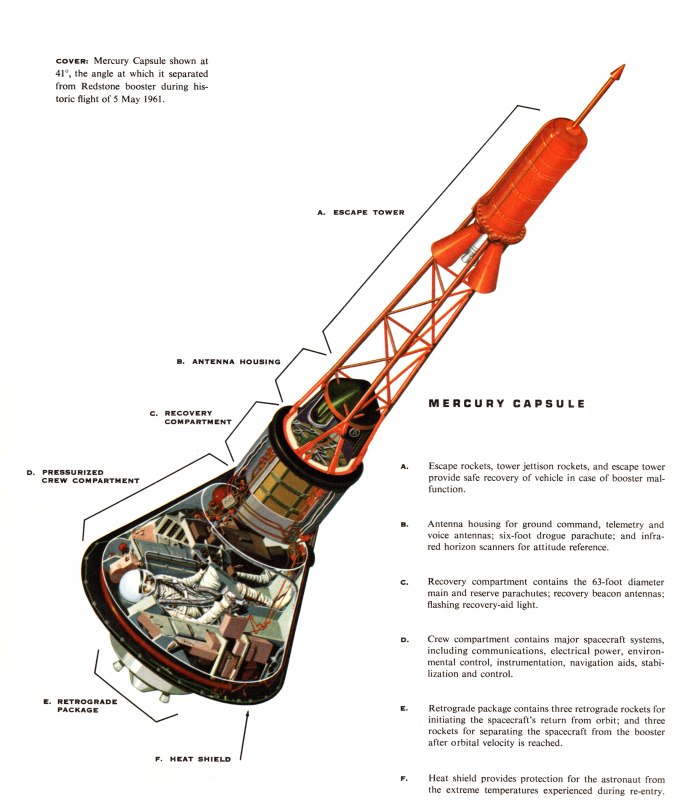Another Boeing concept for the recovery of an S-IC stage. This used large fins with deployable drag brakes to stabilize the stage nose-down, parachutes to slow descent and sizable rocket motors for terminal braking just before splashdown. Additional rockets arrest the stages “collapse” to the side.
Would a Falcon 9-style landing have been better? Sure. But that wasn’t going to happen with 1960’s technology. A splashdown, recovery and refurbishment would have been expensive, but likely not as expensive as a brand new stage, and as has been the case with Falcon 9, as time goes by and experience grows, everything would get better and cheaper.
